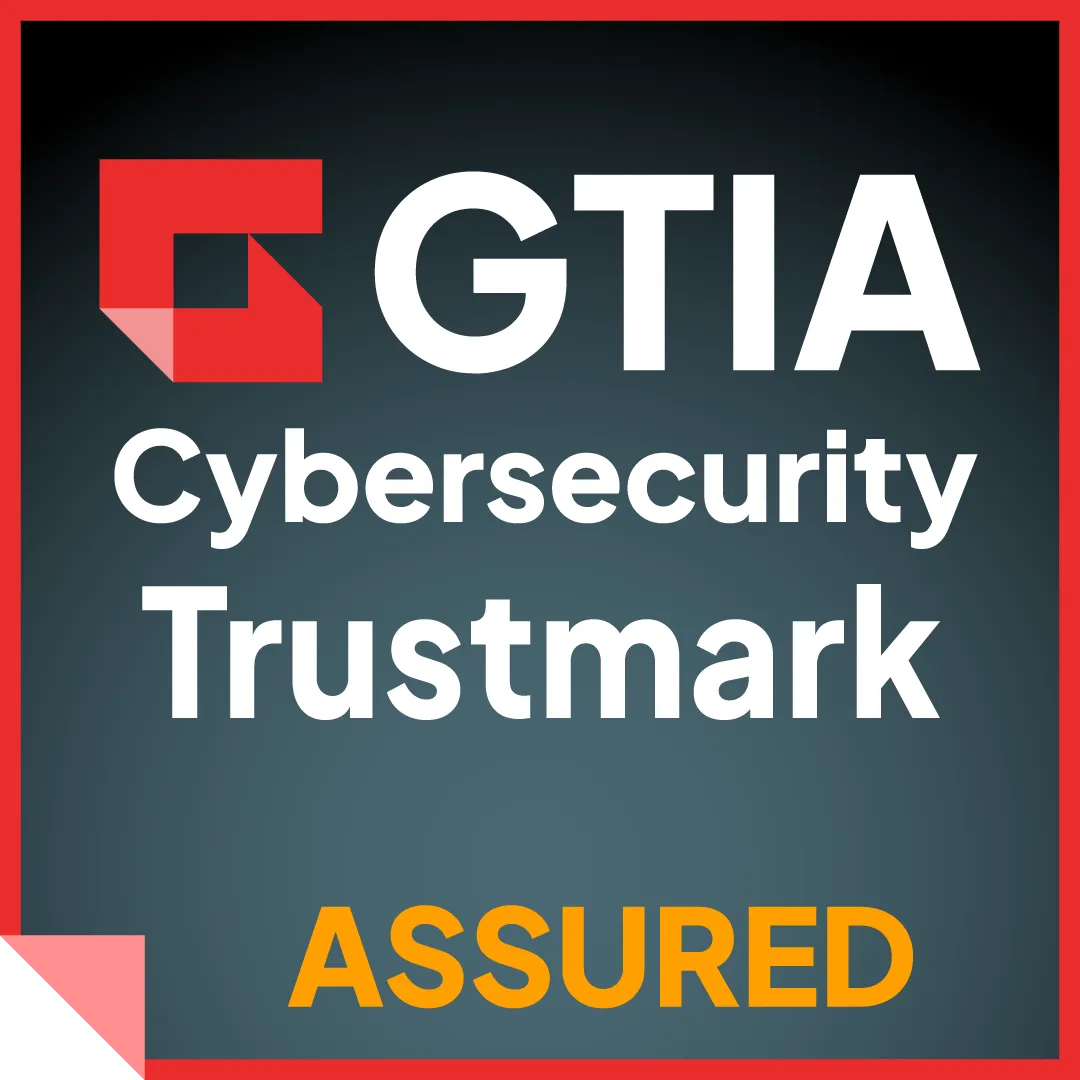In today’s digital landscape, cloud computing has transformed how businesses store, share, and access information. IT professionals managing enterprise systems, client data, and critical infrastructure have come to rely on the flexibility and accessibility that cloud platforms offer. Whether facilitating team collaboration through shared documents, maintaining secure data repositories, or deploying scalable applications, these tools have become essential to modern workflows. However, with these benefits comes the responsibility of implementing cloud security best practices. This article explores the critical aspects of protecting data in the cloud.
What is Cloud Security?
Cloud computing security encompasses a set of policies, technologies, and controls designed to protect data, applications, and infrastructure within cloud environments. It addresses various challenges, including data breaches, unauthorized access, and compliance with regulatory standards. The primary goal is to safeguard sensitive information from cyber threats and ensure business continuity.
At ShowTech Solutions, we emphasize that cloud security isn’t just about technological solutions, but also about developing a security-first mindset that permeates throughout a business. This holistic approach is essential as cloud adoption continues to accelerate across sectors. Establishing protocols for detection and response, particularly across multicloud environments, has become a necessity for most businesses to be able to fulfill disaster recovery standards for cloud compliance.
Why Cloud Security Solutions Matter?
The shift to cloud computing introduces unique security challenges:
- Data Protection: Cloud storage often contains sensitive business information, intellectual property, and client data. Strong security measures are essential to prevent data breaches, data loss, and unauthorized access. Recent high-profile breaches demonstrate the importance of robust security measures.
- Regulatory Compliance: Organizations across industries must adhere to standards and regulations like GDPR, HIPAA, SOC 2, and PCI DSS. Understanding these requirements is essential for maintaining compliance and avoiding costly penalties. Effective cloud security ensures compliance, avoiding legal repercussions and financial penalties.
- Mitigation of Cyber Threats: Cloud platforms are frequent targets for cyberattacks such as phishing, ransomware, and DDoS attacks. Many organizations conduct regular security simulations to prepare staff for increasingly sophisticated attacks. The National Institute of Standards and Technology (NIST) offers frameworks for understanding and mitigating these threats. Implementing robust cloud security measures helps protect against these threats, ensuring business continuity.
- Business Continuity: How long can your business survive without access to pertinent files? What happens to your business if your cloud ecosystem is compromised, and you are unable to access cloud applications? Cloud security plays a crucial role in maintaining business operations. Secure platforms ensure that critical data remains accessible, uncorrupted, and protected from unauthorized modifications.
Essential Components of Cloud Security Best Practices
IT professionals implementing comprehensive cloud security strategies should focus on these critical elements:
- Data Encryption: Encryption keys are fundamental to cloud security architecture. Encryption protects data both when it’s stored (at rest) and when it’s being transmitted (in transit). This ensures that even if unauthorized access occurs, the information remains unreadable without the proper decryption keys. Many organizations now implement encrypted cloud storage for their most sensitive documents and proprietary data.
- Identity and Access Management (IAM): These systems ensure only authorized users can access specific resources. Features like multi-factor authentication add an extra layer of protection beyond just passwords. Role-based access controls for shared resources limit privileges based on job responsibilities and need-to-know principles.
- Compliance and Governance: Adhering to legal and regulatory requirements by implementing policies and procedures that ensure data privacy and security. It is crucial your business meets regulatory requirements. The global nature of cloud computing adds complexity to compliance considerations for international organizations.
- Threat Detection and Monitoring: Utilizing automated tools, machine learning, and threat intelligence to identify and mitigate vulnerabilities and risks, before they cause damage. Many cloud providers offer monitoring tools that should be configured and regularly reviewed by your IT provider.
- Incident Response Planning: Developing procedures to address security breaches minimizes potential damage and facilitates recovery. Organizations should create formal incident response plans that are regularly tested and updated. SANS Institute offers guidelines for creating effective incident response plans. If you would like help tailoring an incident response plan specific to your business, your IT provider should be able to create an incident response plan suitable for your needs.
- Continuous Education: Security threats constantly evolve, making ongoing education essential for IT professionals. Industry certifications, professional development, and security forums provide valuable updates on emerging threats.
The Shared Responsibility Model
In cloud computing, security responsibilities are divided between the cloud service provider (CSP) and the customer:
- CSP Responsibilities: The provider (like Google, Microsoft, or Amazon) secures the underlying infrastructure including hardware, software, and networking components. They handle physical security, host operating systems, and the security of their service offerings.
- Customer Responsibilities: Organizations are responsible for protecting their own data, managing access controls, configuring security settings correctly, and ensuring staff follow security best practices. This includes implementing strong authentication methods, enabling security features, and providing security awareness training.
This division of responsibility means that even when using enterprise cloud services, organizations still play a crucial role in maintaining security. Understanding where the provider’s responsibility ends and the customer’s begins is essential for developing a comprehensive security approach.
Best Practices for Cloud Security
Based on industry standards and practical experience, here are recommended practices for enhancing cloud security:
- Implement Strong Access Controls: Implement multi-factor authentication and create unique, complex passwords for different services. Password managers can maintain security without compromising convenience. Utilize the principle of least privilege to restrict access to sensitive data and systems.
- Regular Security Assessments: Conduct frequent audits and vulnerability assessments to identify and remediate potential security gaps. Schedule quarterly security audits for all cloud accounts as part of regular IT maintenance.
- Robust Backup Strategy: Maintain offline backups of critical data to ensure access even if cloud services are compromised. The 3-2-1 backup rule (three copies, two different media types, one off-site) provides comprehensive protection.
- Security Awareness Training: At a minimum, your IT provider should be providing monthly security awareness training modules, in addition to routine phish testing. If you don’t have a platform for security awareness training, educate your staff about common phishing techniques and social engineering attacks to prevent accidental breaches. Teach employees to verify email senders and be skeptical of urgent requests for credentials or personal information.
- Incident Response Planning: Develop and regularly update an incident response plan to ensure swift action in the event of a security breach.
ShowTech Solutions: Your Partner in Cloud Security
At ShowTech Solutions, we understand the critical importance of securing your cloud environment. Our team of experts offers tailored solutions to protect your data and applications, ensuring compliance with industry standards and safeguarding against evolving cyber threats. From implementing robust IAM protocols to conducting comprehensive security assessments, we are committed to enhancing your organization’s security posture. For more information about ShowTech Solutions, please visit our blog page
Implementing Cloud Security Best Practices in Your Organization
While understanding cloud security best practices is essential, successfully implementing them across your organization requires strategic planning and executive buy-in. Begin by conducting a comprehensive cloud security assessment to identify gaps and vulnerabilities in your current setup. Develop a roadmap that prioritizes critical security controls and establishes clear timelines for implementation. Document your cloud security best practices in accessible policies that all team members can reference, and ensure these guidelines evolve as your cloud infrastructure changes. Regular training sessions focused specifically on cloud security best practices will help reinforce the importance of security measures and keep your team informed about emerging threats and countermeasures. Remember that effective cloud security isn’t a one-time implementation but an ongoing commitment to protecting your digital assets.
Conclusion
As businesses continue to embrace cloud computing, prioritizing cloud security is essential to protect sensitive data, maintain compliance, and ensure operational continuity. By understanding the key components, adhering to best practices, and partnering with experienced managed service providers like ShowTech Solutions, organizations can confidently navigate the complexities of the cloud landscape.
For more insights and updates on cloud security, visit our Blog.
If you would like to speak with someone on our Team, please leave your name in this form and a representative will be in touch with you shortly!



